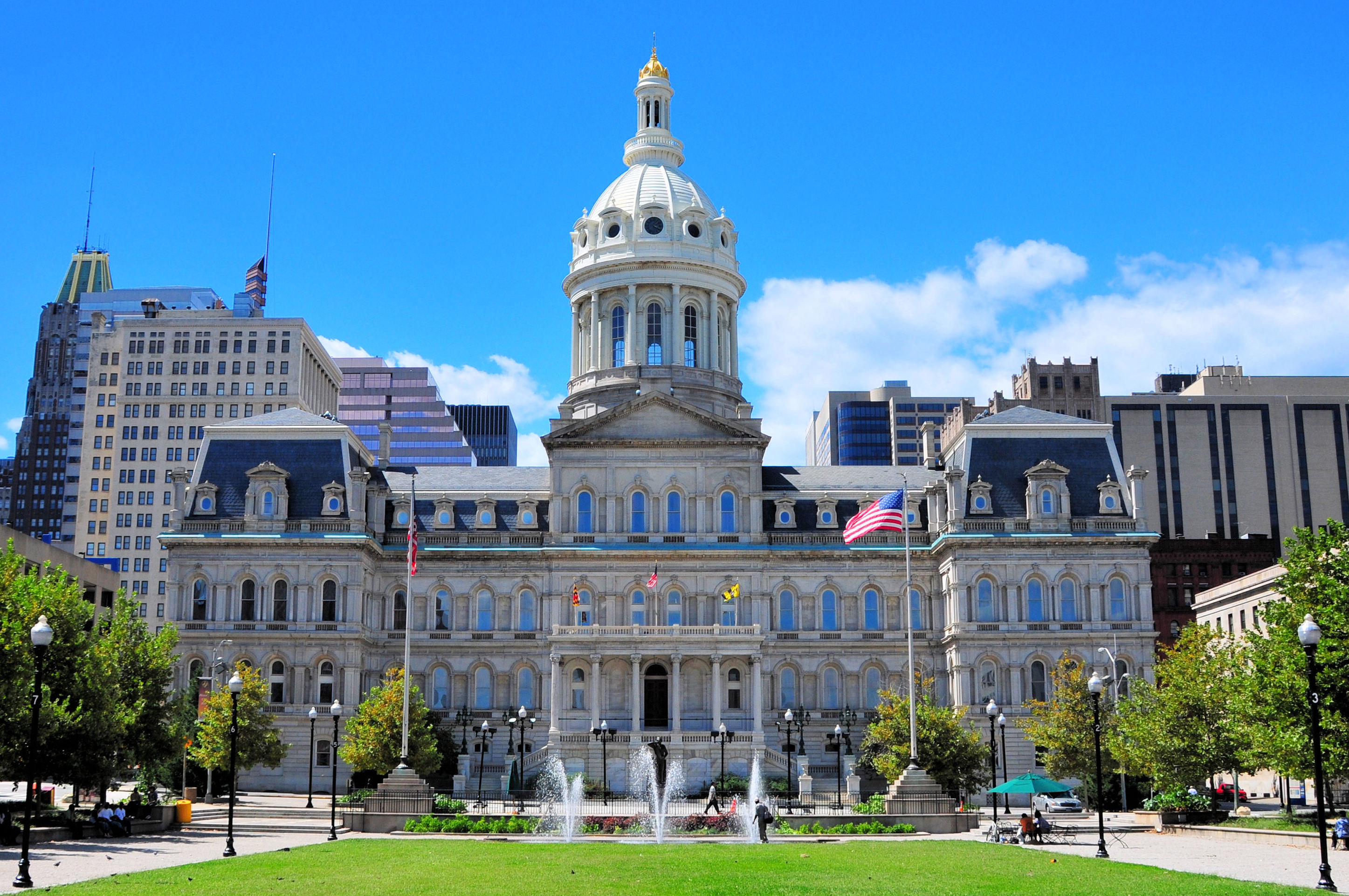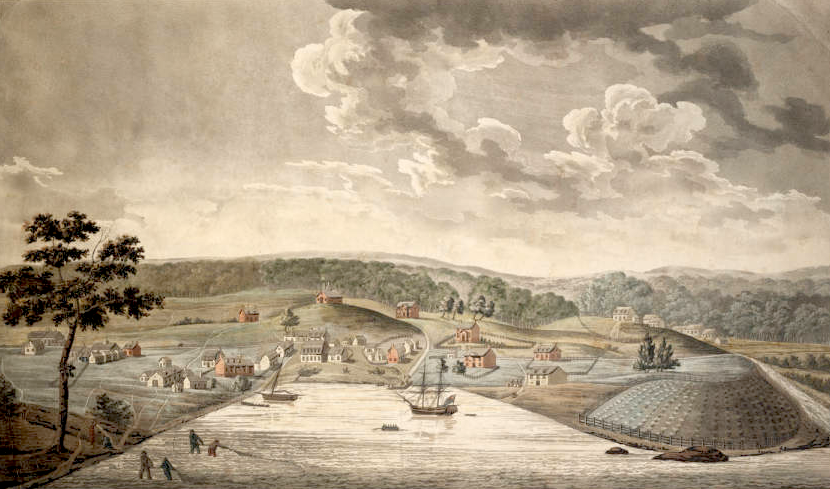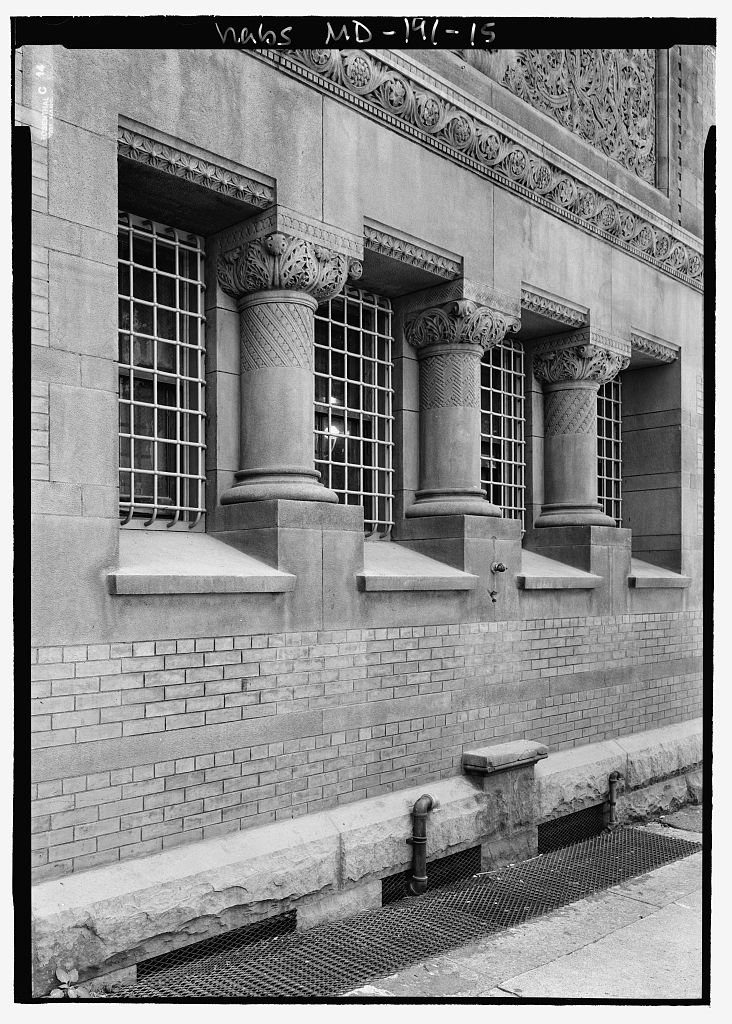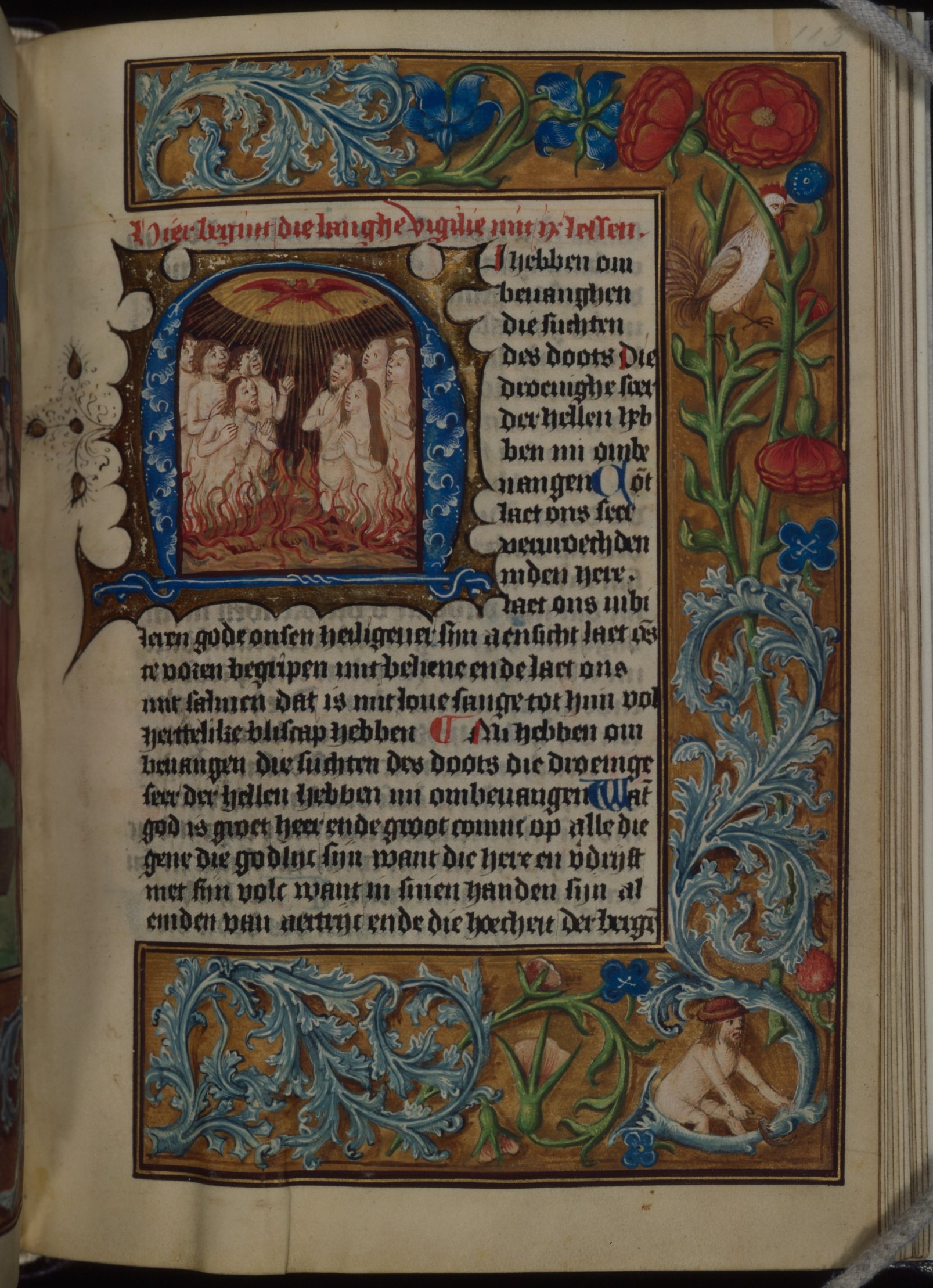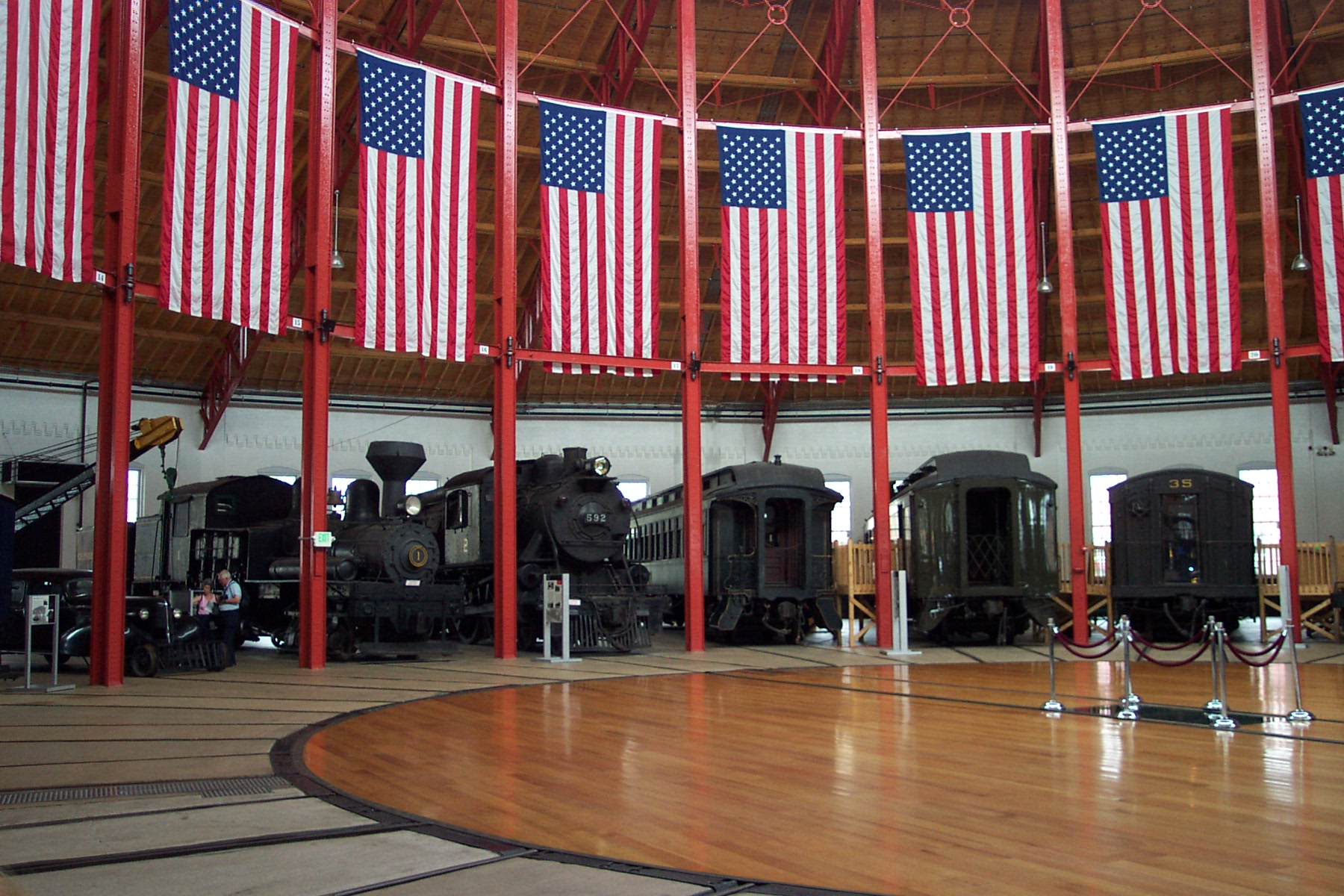|
Baltimore City Landmarks
Baltimore City Landmark is a historic property designation made by the city of Baltimore, Maryland. Nominations are reviewed by the city's Commission for Historical & Architectural Preservation (CHAP) and planning board, and are passed by Baltimore City Council. The landmarks program was created in 1971. CHAP also maintains a list of Historical and Architectural Preservation Districts, separate from its landmarks program. The district program includes 37 unique districts, many of which are also listed on the National Register of Historic Places. As of 2012, the program had designated 163 exterior Baltimore City Landmarks and one interior landmark (for the interior of the Senator Theatre, whose exterior is also landmarked). Also as of 2012, more than 56,000 properties were located in 24 city historic districts, receiving the same protection as individual Baltimore City Landmarks. Criteria In assessing landmarks, the city Commission for Historical & Architectural Preservation (C ... [...More Info...] [...Related Items...] OR: [Wikipedia] [Google] [Baidu] |
Baltimore City Hall Crop
Baltimore is the List of municipalities in Maryland, most populous city in the U.S. state of Maryland. With a population of 585,708 at the 2020 United States census, 2020 census and estimated at 568,271 in 2024, it is the List of United States cities by population, 30th-most populous U.S. city. The Baltimore metropolitan area is the Metropolitan statistical areas, 20th-largest metropolitan area in the country at 2.84 million residents. The city is also part of the Washington–Baltimore combined statistical area, which had a population of 9.97 million in 2020. Baltimore was designated as an Independent city (United States), independent city by the Constitution of Maryland in 1851. Though not located under the jurisdiction of any county in the state, it forms part of the central Maryland region together with Baltimore County, Maryland, the surrounding county that shares its name. The land that is present-day Baltimore was used as hunting ground by Paleo-Indians. In the early 160 ... [...More Info...] [...Related Items...] OR: [Wikipedia] [Google] [Baidu] |
Belvedere Hotel
The Belvedere is a Beaux Arts style building in Baltimore, Maryland. Designed by the Boston architectural firm of Parker and Thomas and built in 1902–1903, the Belvedere is a Baltimore City Landmark at the southeast corner of North Charles Street, facing north on East Chase Street in the city's fashionable Mount Vernon-Belvedere-Mount Royal neighborhood. In 1991 it was converted into condominiums, though areas remain open to the public. Design The eleven-story tan brick building rises from a rusticated stone base to an elaborately detailed "French Second Empire" styled crown with a traditional mansard roofline. Origin The hotel is named for its site on the former "Belvidere" estate of American Revolutionary War military leader/hero, a later civic and city leader, Colonel John Eager Howard, (1752–1827), of the famous "Maryland Line" regiment of the Continental Army which distinguished itself especially at the Battle of Long Island/Battle of Brooklyn outside New York ... [...More Info...] [...Related Items...] OR: [Wikipedia] [Google] [Baidu] |
Old Town Friends' Meetinghouse
Old Town Friends' Meetinghouse, also known as Aisquith Street Meeting or Baltimore Meeting, is a historic Quaker meeting house located at Baltimore, Maryland, United States. It is a two-story brick building which has undergone several alterations over the years. It is the oldest religious building in the city, having been built in 1781 by contractor George Mathews. Old Town Friends' Meetinghouse was listed on the National Register of Historic Places The National Register of Historic Places (NRHP) is the Federal government of the United States, United States federal government's official United States National Register of Historic Places listings, list of sites, buildings, structures, Hist ... in 1973. References External links *, including photo from 1996, at Maryland Historical TrustHistory and 1908 photo Jonestown, Baltimore Quaker meeting houses in Maryland Religious buildings and structures in Baltimore Properties of religious function on the National Registe ... [...More Info...] [...Related Items...] OR: [Wikipedia] [Google] [Baidu] |
George Peabody Library
The George Peabody Library is a library connected to the Johns Hopkins University, focused on research into the 19th century. It was formerly the Library of the Peabody Institute of music in the City of Baltimore, and is located on the Peabody campus at West Mount Vernon Place in the Mount Vernon-Belvedere historic cultural neighborhood north of downtown Baltimore, Maryland. The collections are available for use by the general public, in keeping with the Baltimorean merchant and philanthropist George Peabody's goal to create a library "for the free use of all persons who desire to consult it". History The George Peabody Library was funded by George Peabody (1795–1869). Peabody, having become a wealthy man in Baltimore through commerce during the 1810s and 1820s, following his brief service in the state militia defending the city against the famous British attack during the War of 1812, "gave $300,000 as a beginning sum for the Peabody Institute" in February 1857. The institute ... [...More Info...] [...Related Items...] OR: [Wikipedia] [Google] [Baidu] |
Flag House & Star-Spangled Banner Museum
The Star-Spangled Banner Flag House, formerly the Flag House & Star-Spangled Banner Museum, is a museum located in the Jonestown/Old Town and adjacent to Little Italy neighborhoods of eastern downtown Baltimore, Maryland, United States. Built in 1793, it was the home of Mary Young Pickersgill when she moved to Baltimore in 1806 and the location where she later sewed the "Star Spangled Banner," in 1813, the huge out-sized garrison flag that flew over Fort McHenry at Whetstone Point in Baltimore Harbor in the summer of 1814 during the British Royal Navy attack in the Battle of Baltimore during the War of 1812. The museum contains furniture and antiques from the Federal period as well as items from the Pickersgill family. A supplemental museum was constructed to the rear next to Pickersgill's home. This museum houses exhibits on the War of 1812 and the Battle of Baltimore. It has an orientation theater, gift shop, exhibit galleries, and meeting rooms. The museum features a 3 ... [...More Info...] [...Related Items...] OR: [Wikipedia] [Google] [Baidu] |
Mercantile Trust And Deposit Company
Mercantile Trust and Deposit Company is a historic bank building in Baltimore, designed by the Baltimore architectural firm of Wyatt and Sperry and constructed in 1885. It has a brick-with-stone-ornamentation Romanesque Revival structure, with deeply set windows, round-arch window openings, squat columns with foliated capitals, steeply pitched broad plane roofs, and straight-topped window groups. The interior features a large banking room with a balcony, Corinthian columns and ornate wall plaster work. The Safe Deposit Company on Redwood Street in Baltimore was one of the few buildings that survived the Great Baltimore Fire of 1904. It was "created as a repository of Southern wealth in 1864" This date was not only "one year before the start of the Civil War but one year after the National Bank Act of 1863". Coincidentally, the March 10, 1864 grant of the state charter for the Safe Deposit was on the same day that newspapers reported General Sherman's arrival in Vicksburg, ... [...More Info...] [...Related Items...] OR: [Wikipedia] [Google] [Baidu] |
Emerson Bromo-Seltzer Tower
The Emerson Tower (often called the Bromo-Seltzer Tower or the Bromo Tower) is a 15-story, clock tower erected in 1907–1911 at 21 South Eutaw Street, at the northeast corner of Eutaw and West Lombard Streets in downtown Baltimore, Maryland. It was the tallest building in the city from 1911 to 1923, until supplanted by the Citizens National Bank building (later First National Bank of Maryland, then occupied by MECU – Municipal Employees Credit Union) at the southeast corner of Light and Redwood (German) Streets. It was designed by local architect Joseph Evans Sperry (1854–1930) for Isaac Edward Emerson (1859–1931), who invented the Bromo-Seltzer headache remedy. For years, the landmark tower was surrounded by and part of the Emerson Drug Company with its office headquarters and manufacturing plant for the carbonated headache pain relief tablets or powder Bromo-Seltzer. Later, the Emerson building around it was razed and replaced by the Baltimore City Fire Departmen ... [...More Info...] [...Related Items...] OR: [Wikipedia] [Google] [Baidu] |
Druid Hill Park
Druid Hill Park is a urban park in northwest Baltimore, Maryland. Its boundaries are marked by Druid Park Drive (north), Swann Drive and Reisterstown Road (west and south), and the Jones Falls Expressway / Interstate 83 (east)."Druid Hill Park" Baltimore City Department of Recreation and Parks. Retrieved 2010-10-04 Inaugurated in 1860, under the administration of city Mayor Thomas Swann, Druid Hill Park ranks with (begun in 1858) in New York City, [...More Info...] [...Related Items...] OR: [Wikipedia] [Google] [Baidu] |
Homewood Museum
The Homewood Museum is a historical museum located on the Johns Hopkins University campus in Baltimore, Maryland. It was listed as a National Historic Landmark in 1971, noted as a family home of Maryland's Carroll family. It, along with Evergreen Museum & Library, make up the Johns Hopkins University Museums. History The Homewood Estate was offered as a wedding gift in 1800 by Charles Carroll of Carrollton, (1737–1832), the longest surviving signer of the Declaration of Independence, to his son Charles Carroll Jr. It occupied acres in northern Baltimore and was first known as "Merryman's Lott." Carroll had purchased the parcel of land in 1794. Charles Carroll Jr. began construction on a stately and modern country home of his own design in 1801 and had mostly finished by 1808. It cost $40,000, four times the budgeted expense. For reasons both personal and political, "Homewood" led to a severe breach in relations between father and son. Ultimately, Carroll (Senior) bought the ... [...More Info...] [...Related Items...] OR: [Wikipedia] [Google] [Baidu] |
Baltimore City Circuit Courthouses
The Baltimore City Circuit Courthouses are state judicial facilities located in downtown Baltimore, Maryland. They face each other in the 100 block of Calvert Street (Baltimore), North Calvert Street, between East Lexington Street on the north and East Fayette Street on the south across from the Battle Monument Square (1815-1822), which held the original site of the first colonial era courthouse for Baltimore County, Maryland, Baltimore County (third county courthouse after previous locations / county seats in old Baltimore village on the Bush River (Maryland), Bush River and later Joppa, Maryland, Joppa) and Town, after moving the Baltimore County seat in 1767 to the burgeoning port town on the Patapsco River established in 1729-1730. The first courthouse in Baltimore Town was built in 1767 and also later housed briefly for a decade the new United States federal courts in the city, after the ratification and operation of the new United States Constitution, Constitution in 178 ... [...More Info...] [...Related Items...] OR: [Wikipedia] [Google] [Baidu] |
Evergreen Museum & Library
Evergreen Museum & Library is a historic house museum and research library in Baltimore, Maryland, United States. It is located between the campuses of the Notre Dame of Maryland University and Loyola University Maryland. It is operated by Johns Hopkins University along with Homewood Museum; both make up the Johns Hopkins University Museums. History The mansion was built in the mid-19th century and bought in 1878 by the president of the Baltimore and Ohio Railroad, John W. Garrett. Railroads were then a key industry in the United States and, as Baltimore's Garrett family owned and managed one of the biggest rail companies, the home grew and became both luxurious and famous. John Garrett's son Thomas Harrison Garrett added a wing containing a billiard room, bowling alley, and a gymnasium, which in later years were converted into an art gallery and private theater. Evergreen served as a home for the family until 1952, when it was donated to the university. It was listed on the Nat ... [...More Info...] [...Related Items...] OR: [Wikipedia] [Google] [Baidu] |
B&O Railroad Museum
The B&O Railroad Museum is a museum and historic railway station exhibiting historic railroad equipment in Baltimore, Maryland. The Baltimore and Ohio Railroad (B&O) company originally opened the museum on July 4, 1953, with the name of the Baltimore & Ohio Transportation Museum. It has been called one of the most significant collections of railroad treasures in the world and has the largest collection of 19th-century locomotives in the U.S. The museum is located in the Baltimore and Ohio Railroad's old Mount Clare Station and adjacent Railway roundhouse, roundhouse, and retains 40 acres of the B&O's sprawling Mount Clare Shops site, which is where, in 1829, the B&O began America's first railroad and is the oldest railroad manufacturing complex in the United States. Mount Clare is considered to be a birthplace of American railroading, as the site of the first regular railroad passenger service in the U.S., beginning on May 22, 1830. It was also to this site that the first telegr ... [...More Info...] [...Related Items...] OR: [Wikipedia] [Google] [Baidu] |
